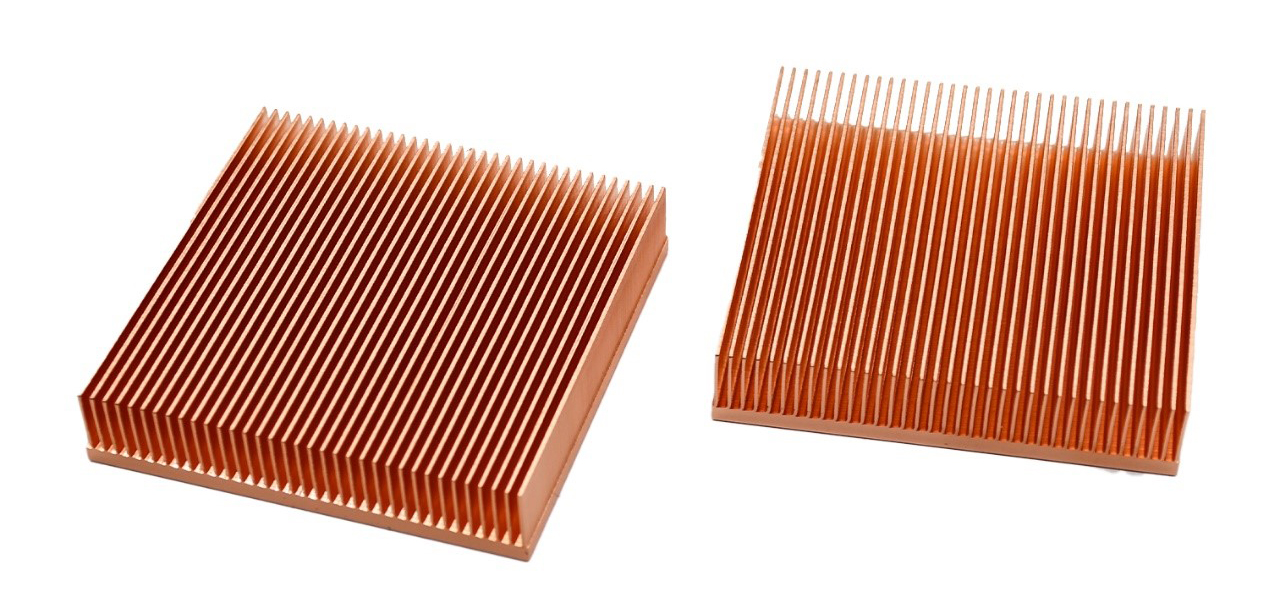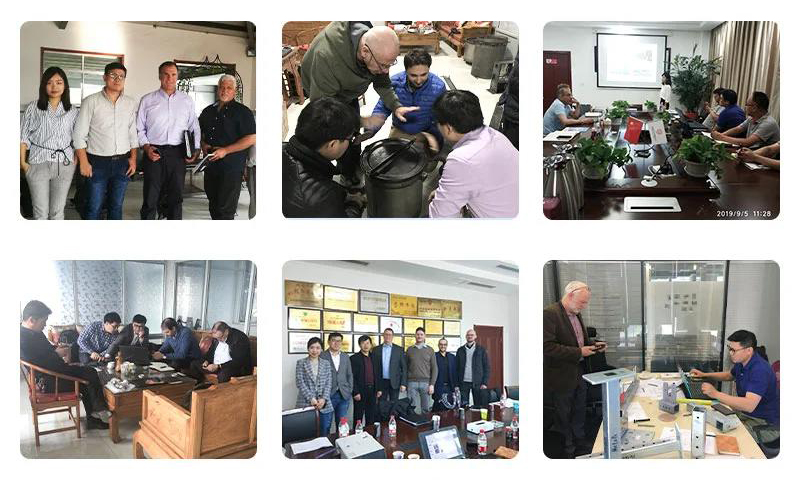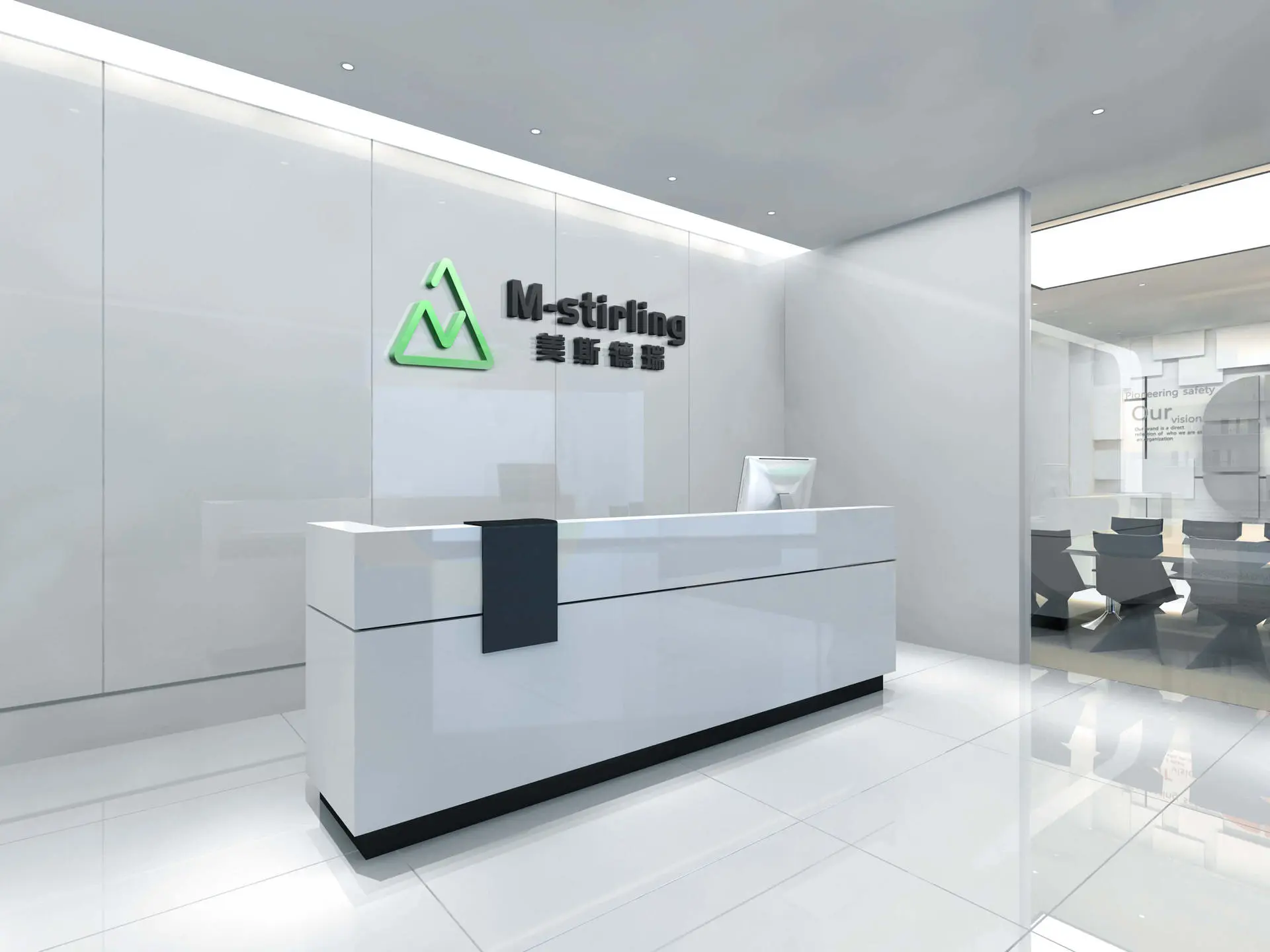- All
- Product Name
- Product Keyword
- Product Model
- Product Summary
- Product Description
- Multi Field Search



| Availability: | |
|---|---|
Product name : aluminum extruded heatsink led strip heat sink
A professional extruded heatsink is an essential component for applications that require efficient cooling. These heatsinks are typically made from aluminum and are manufactured using the extrusion process, resulting in a product that is both lightweight and durable. The extruded design of the heatsink allows for increased surface area, making it easier to dissipate heat away from electronic components and other devices. The fins on the surface of the heatsink increase the contact area between the heatsink and the surrounding air, improving cooling efficiency. Professional extruded heatsinks are commonly used in applications such as LED lights, audio amplifiers, and computer systems. They are easy to install and offer exceptional cooling performance, making them a reliable solution for any application that requires effective cooling. Overall, a professional extruded heatsink is a durable and efficient option for keeping electronic components cool and ensuring long-term performance and reliability.
PRODUCT DESCRIPTION | ||
NO. | ITEM | DESCRIPTION |
1 | Material | Aluminum alloy 6060,6061,6063,T3,T5 |
2 | Dimension (L*W*H) | Up to 400*300*120 mm |
3 | Fin Spacing | Minimum 2.5 mm |
4 | Fin thickness | Minimum 1.5 mm |
5 | Cooling Capacity | Up to 800 W |
6 | Flatness for mounting surface | 0.15 mm |
7 | Manufacturing Method | Aluminum extrusion PLUS further cnc machining if needed |
8 | Cooling Method | Natural or forced air cooling |
9 | Surface Finish | Mill finish or anodization |
10 | Warranty time | 1 year |
11 | Place of Region | Jiangsu province of China |
12 | Reference Standard | GB/T 3190-2008,GB/T 14846-2008,ISO 2768 |
M-stirling’s heat sink technologies include
◆ CNC machined aluminum fins heat sink
◆ Skived aluminum heat sink
◆ Vacuum brazed bonded aluminum fins heat sink
◆ Extruded aluminum heat sink
◆ Die casting aluminum heat sink
◆ Epoxy glued bonded aluminum fin heat sink

▲ Copper heat sink
M-stirling’s manufacture a wide range of heat sink include
● Cpu gpu ram heat sink
● Led aluminum heat sink
● Heat sink aluminum enclosure
● Copper heat pipe heat sink
● Liquid water cooling heat sink
● Inverter Aluminum Heatsink
● Other custom heat sinks

▲ Skived aluminum heat sink with copper heat pipe
Brief of heat sink
A heat sink (also commonly spelled heatsink) is a passive heat exchanger that transfers the heat generated by an electronic or a mechanical device to a fluid medium, often air or a liquid coolant, where it is dissipated away from the device, thereby allowing regulation of the device's temperature. In computers, heat sinks are used to cool CPUs, GPUs, and some chipsets and RAM modules. Heat sinks are used with high-power semiconductor devices such as power transistors and optoelectronics such as lasers and light-emitting diodes (LEDs), where the heat dissipation ability of the component itself is insufficient to moderate its temperature.
A heat sink is designed to maximize its surface area in contact with the cooling medium surrounding it, such as the air. Air velocity, choice of material, protrusion design and surface treatment are factors that affect the performance of a heat sink. Heat sink attachment methods and thermal interface materials also affect the die temperature of the integrated circuit. Thermal adhesive or thermal paste improve the heat sink's performance by filling air gaps between the heat sink and the heat spreader on the device. A heat sink is usually made out of aluminum or copper.
Product name : aluminum extruded heatsink led strip heat sink
A professional extruded heatsink is an essential component for applications that require efficient cooling. These heatsinks are typically made from aluminum and are manufactured using the extrusion process, resulting in a product that is both lightweight and durable. The extruded design of the heatsink allows for increased surface area, making it easier to dissipate heat away from electronic components and other devices. The fins on the surface of the heatsink increase the contact area between the heatsink and the surrounding air, improving cooling efficiency. Professional extruded heatsinks are commonly used in applications such as LED lights, audio amplifiers, and computer systems. They are easy to install and offer exceptional cooling performance, making them a reliable solution for any application that requires effective cooling. Overall, a professional extruded heatsink is a durable and efficient option for keeping electronic components cool and ensuring long-term performance and reliability.
PRODUCT DESCRIPTION | ||
NO. | ITEM | DESCRIPTION |
1 | Material | Aluminum alloy 6060,6061,6063,T3,T5 |
2 | Dimension (L*W*H) | Up to 400*300*120 mm |
3 | Fin Spacing | Minimum 2.5 mm |
4 | Fin thickness | Minimum 1.5 mm |
5 | Cooling Capacity | Up to 800 W |
6 | Flatness for mounting surface | 0.15 mm |
7 | Manufacturing Method | Aluminum extrusion PLUS further cnc machining if needed |
8 | Cooling Method | Natural or forced air cooling |
9 | Surface Finish | Mill finish or anodization |
10 | Warranty time | 1 year |
11 | Place of Region | Jiangsu province of China |
12 | Reference Standard | GB/T 3190-2008,GB/T 14846-2008,ISO 2768 |
M-stirling’s heat sink technologies include
◆ CNC machined aluminum fins heat sink
◆ Skived aluminum heat sink
◆ Vacuum brazed bonded aluminum fins heat sink
◆ Extruded aluminum heat sink
◆ Die casting aluminum heat sink
◆ Epoxy glued bonded aluminum fin heat sink

▲ Copper heat sink
M-stirling’s manufacture a wide range of heat sink include
● Cpu gpu ram heat sink
● Led aluminum heat sink
● Heat sink aluminum enclosure
● Copper heat pipe heat sink
● Liquid water cooling heat sink
● Inverter Aluminum Heatsink
● Other custom heat sinks

▲ Skived aluminum heat sink with copper heat pipe
Brief of heat sink
A heat sink (also commonly spelled heatsink) is a passive heat exchanger that transfers the heat generated by an electronic or a mechanical device to a fluid medium, often air or a liquid coolant, where it is dissipated away from the device, thereby allowing regulation of the device's temperature. In computers, heat sinks are used to cool CPUs, GPUs, and some chipsets and RAM modules. Heat sinks are used with high-power semiconductor devices such as power transistors and optoelectronics such as lasers and light-emitting diodes (LEDs), where the heat dissipation ability of the component itself is insufficient to moderate its temperature.
A heat sink is designed to maximize its surface area in contact with the cooling medium surrounding it, such as the air. Air velocity, choice of material, protrusion design and surface treatment are factors that affect the performance of a heat sink. Heat sink attachment methods and thermal interface materials also affect the die temperature of the integrated circuit. Thermal adhesive or thermal paste improve the heat sink's performance by filling air gaps between the heat sink and the heat spreader on the device. A heat sink is usually made out of aluminum or copper.

